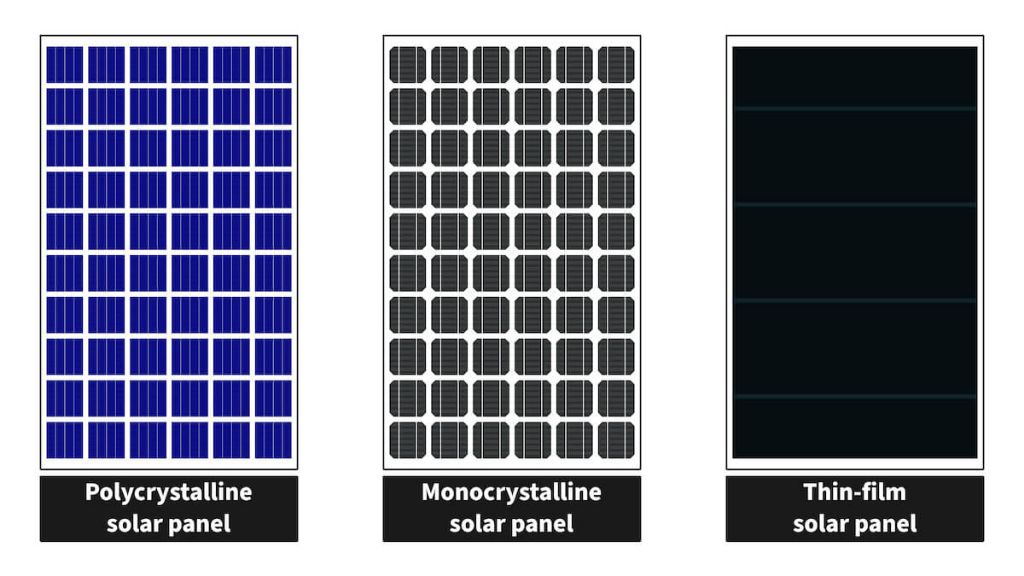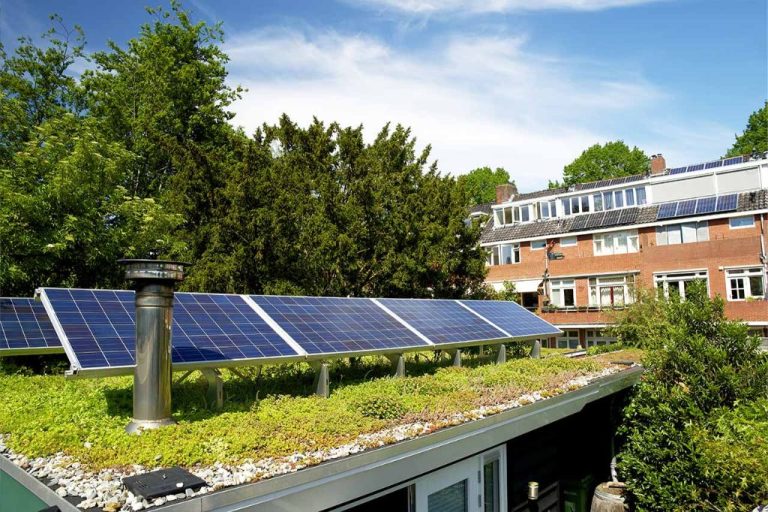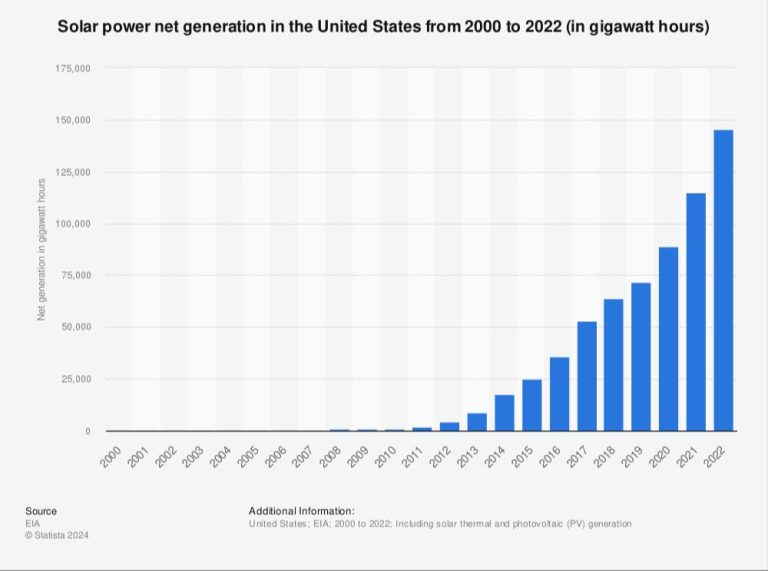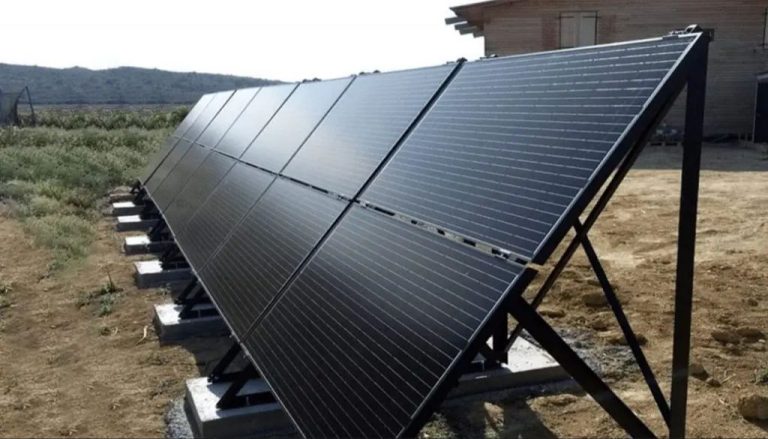How Do Solar Panels Actually Work?
Solar panels, also known as photovoltaic (PV) panels, are devices that convert sunlight into electricity. They are made up of solar cells, which are assembled together in modules and arrays. When sunlight hits the solar cells, the energy from the photons in the light excites the electrons in the solar cells, causing them to flow and generate an electric current. This electricity can then be used to power homes, buildings, and even feed into the grid. The conversion of sunlight into electricity is called the photovoltaic effect.
Solar panels provide a clean and renewable way of generating electricity. Unlike fossil fuel based power plants, they do not emit greenhouse gases or other pollutants. The modular nature of solar panels also allows them to be installed in a wide variety of locations, from small rooftop systems to large utility-scale solar farms. With solar technology improving and costs declining, solar power is becoming an increasingly important part of the global shift towards sustainable energy.
History of Solar Panels
The history of solar panels dates back to the 19th century when the photovoltaic effect was first discovered. In 1839, French physicist Edmond Becquerel first described the production of electricity from sunlight, a process now known as the photovoltaic effect. However, it took over a century for the first practical solar cell to be developed.
The first silicon solar cell was invented in 1954 by researchers at Bell Laboratories in the United States. The team was led by Daryl Chapin, Calvin Fuller, and Gerald Pearson. Their early solar panel had only 4% efficiency in converting sunlight to electricity. In the following decades, space programs drove improvements in solar technology. Solar panels were used to provide power aboard spacecrafts as early as 1958.
Commercially available solar PV panels first came on the market in the 1970s. However, they were still too expensive for widespread use. The solar industry grew in the 1980s and 1990s thanks to incentives and developments that made the technology more efficient and affordable.
How Solar Cells Work
Solar cells convert sunlight into electricity through the photovoltaic effect. When photons from sunlight strike a solar cell, they transfer their energy to the semiconducting material in the cell. This energizes electrons in the semiconducting material, causing them to break free from their atoms and flow through the material to produce electricity.
Solar cells are made of semiconductors such as silicon that have electrical properties between those of metals and insulators. In semiconductors, the amount of energy required to free an electron from its atom is smaller than in insulators, allowing electrons to move somewhat freely. Solar cells have an electric field that acts to force electrons freed by photons in one direction, creating a flow of electricity.
The photovoltaic effect was first observed in 1839 by French physicist Edmond Becquerel. The first solar cells made from selenium were produced in the 1880s. Modern solar cells started being developed in the 1950s using silicon, which remains the most common material for solar panels today.
Solar Panel Components
Solar panels are made up of a few main parts that work together to convert sunlight into electricity. The key components are:
Solar Cells
The solar cells are the most important part of a solar panel. They are made up of semiconductor materials, usually silicon, that absorb sunlight and convert it into DC electricity through the photovoltaic effect. The more sunlight that hits the solar cells, the more electricity they can generate.
Glass Casing
The solar cells are sandwiched between a top layer of high transparency glass and a backsheet, which provides protection from impact and weather damage. The glass outer layer allows maximum sunlight to reach the solar cells while protecting them from external factors.
Frame
Solar panels are framed, usually with aluminum. The sturdy frame provides rigidity and allows the panels to be easily mounted and secured in place.
Junction Box
The junction box on the back of the panel connects the electrical connections from the solar cells and allows the DC electricity generated to be output from the panel.
Types of Solar Panels

There are three main types of solar panels used in photovoltaic systems today:
Monocrystalline Solar Panels
Monocrystalline solar panels, also known as single-crystal silicon solar panels, are made from silicon ingots which are grown into bars and cut into wafers to create solar cells. Monocrystalline solar panels have a distinctive look with perfectly square solar cells. They have the highest efficiency ratings of the three main types of panels, typically around 15-20%.
Polycrystalline Solar Panels
Polycrystalline solar panels, also known as multi-crystalline silicon solar panels, are made from melted silicon that is poured into molds to form squares. The squares are cut into wafers and solar cells are created in a similar process to monocrystalline. Polycrystalline solar panels have a speckled blue appearance and slightly lower efficiency ratings of around 13-16%.
Thin Film Solar Panels
Thin film solar panels are made by depositing photovoltaic material onto surfaces like glass, plastic or metal. Materials used include cadmium telluride (CdTe), copper indium gallium selenide (CIGS) and amorphous silicon (a-Si). Thin film solar panels are lightweight and flexible but less efficient, with ratings of 7-13%.
Efficiency of Solar Panels
The efficiency of a solar panel indicates how much sunlight energy it can convert into usable electricity. There are several factors that affect the efficiency of a solar panel:
Temperature
Solar panels become less efficient as their temperature increases. On very hot days, a solar panel’s efficiency can decrease by up to 20%. Using solar panels with lower temperature coefficients and proper airflow can help minimize efficiency losses from heat.
Shading
Even small amounts of shading, such as from a nearby tree branch or chimney, can greatly reduce the output of a solar panel. Solar panels are made up of many individual solar cells, and shading just a small portion of a panel can limit the performance of the entire panel. Proper siting and angling of panels can help avoid shading.
Angle of sunlight
The angle at which sunlight hits a solar panel impacts efficiency. Solar panels produce the most power when perfectly perpendicular to the sun’s rays. As the angle increases, efficiency drops off. This is one reason why solar panel mounts allow for seasonal tilt adjustments.
Quality of equipment
Higher quality solar panels that utilize mono- or polycrystalline silicon cells, anti-reflective coatings, and other innovations can have higher efficiency rates than cheaper equipment. Professional installation and maintenance also helps maximize efficiency over time.
Solar Panel Installation
Installing solar panels on your home involves several steps including mounting, wiring, and permitting. Proper installation is key to ensuring your solar panels work efficiently and safely.
Mounting
Solar panels are commonly mounted on a roof, but can also be installed on the ground if space allows. The mounting system securely attaches the solar panels at the proper angle to maximize sun exposure. Roof mounts are usually made of aluminum and anchored into roof rafters. For ground mounts, steel or aluminum posts are drilled into the concrete or soil.
Wiring
After the solar panels are mounted, the DC cables from the panels are connected to form “strings.” These are wired to a solar inverter which converts the DC electricity into usable AC power. Proper wiring size is important to minimize energy loss. The inverter is connected to the home’s electrical panel to tie into the utility grid.
Permitting
Most jurisdictions require permits when installing solar panels. The permitting process ensures compliance with building codes and safety standards. Common solar panel permits include electrical, structural, and construction permits. Your solar installer will pull the required permits from the local building department on your behalf.
Cost of Solar Panels
The cost of solar panels has decreased significantly over the past decade, making them more affordable for homeowners. However, installing a solar panel system still requires a notable upfront investment. The main costs include:
- Solar panels – The solar panels themselves account for about 25-35% of the total system cost. Typical solar panels range from $150-$400 each, with higher efficiency panels at the higher end.
- Inverter – The inverter converts the DC electricity from the solar panels into usable AC electricity for your home. Inverters range from $800-$2500 depending on the size of the system.
- Mounting equipment – Rooftop mounts, rails, and any additional framing to attach panels to the roof adds about 10% to the solar panel system cost.
- Wiring and labor – Electrical wiring and professional installation can add another 10-20% to the overall cost.
The average solar panel system for a home costs around $15,000-$25,000 for a 5-8 kW system. However, there are incentives and rebates that can offset some of the upfront cost. The federal solar tax credit offers a 26% tax credit for systems installed in 2022-2023, and 22% after 2023. Some states and utility companies also offer additional rebates and performance-based incentives. With all incentives included, the payback period for a solar panel system averages around 6-8 years.
Maintenance of Solar Panels
Solar panels require some periodic maintenance to keep them operating efficiently. The main maintenance tasks involve cleaning, inspections, and repairs.
Cleaning solar panels is important to remove any dirt, dust, leaves, bird droppings etc. that can build up over time. Solar panels should be cleaned a few times per year, depending on how dirty they get. Use a soft brush and mild soap and water to clean. Avoid abrasive cleaners or high pressure hoses which could damage the panels.
Inspections should be performed 1-2 times per year to check for any damage, corrosion, loose parts, or other issues. Check electrical connections, cables, and mounts. Inspect panels for cracks, discoloration or hot spots which could indicate a problem. Thermal imaging can help detect issues not visible to the eye.
Repairs may be needed over the lifetime of solar panels. Common repairs include fixing loose wiring, replacing junction boxes, re-mounting shifted panels, and sealing small cracks or holes in panels. Professional solar technicians should handle more complex repairs. Only conduct DIY repairs if qualified.
Following the manufacturer’s maintenance recommendations can help maximize the performance and lifespan of solar panels.
The Future of Solar Energy
The future looks bright for solar energy. As technology continues to advance, solar panels are becoming increasingly more efficient and affordable. Here are some of the innovations that will shape the future of solar energy:
Improving efficiency – Researchers are exploring new materials and manufacturing techniques to improve the efficiency of solar cells. Perovskites are emerging as a promising material that could boost solar cell efficiency beyond the limits of traditional silicon solar panels. New solar cell designs, like multi-junction cells, can capture a broader spectrum of light.
New technologies – Thin, lightweight, and flexible solar panels are making it possible to install solar in more places. Companies are developing solar windows and roof shingles embedded with solar cells. Portable solar panels can provide power on the go. Floating solar farms placed on bodies of water are gaining popularity.
Better energy storage – Storing solar energy collected during the day for use at night is a challenge. Improved battery technology will make solar power more viable. New storage solutions like pumped hydro storage and compressed air energy storage are also being explored.
Expanded infrastructure – For solar power to reach its full potential, infrastructure like microgrids and transmission lines will need to be expanded to handle more decentralized renewable energy. Better integration of solar power sources into existing electricity grids will also help proliferation.
Lower costs – Economies of scale, improved manufacturing techniques, and expanded infrastructure will help lower solar costs. This will make solar power more accessible and competitive with conventional power sources like fossil fuels.
Government policy – Supportive policies like renewable portfolio standards, tax credits, and streamlined permitting can encourage greater adoption of solar energy. Policies that put a price on carbon emissions also indirectly support solar growth.
With so many advancements on the horizon, solar energy is poised to be a major component of the global renewable energy mix and play a key role in mitigating climate change.





